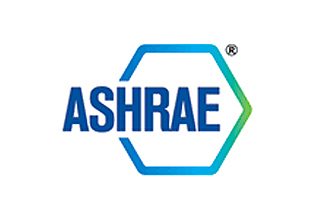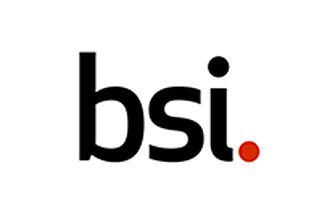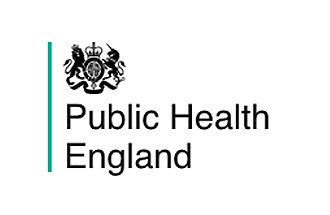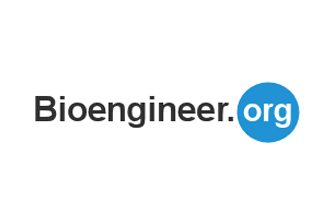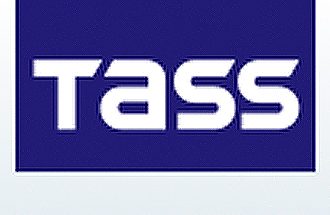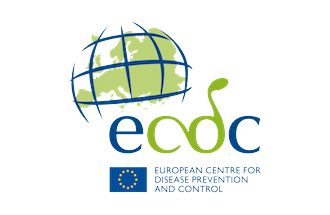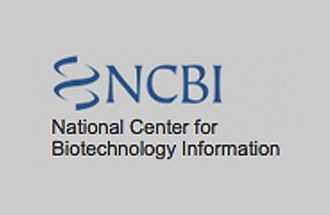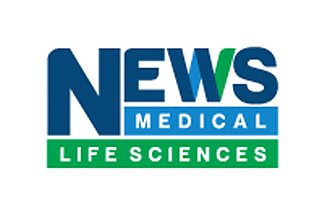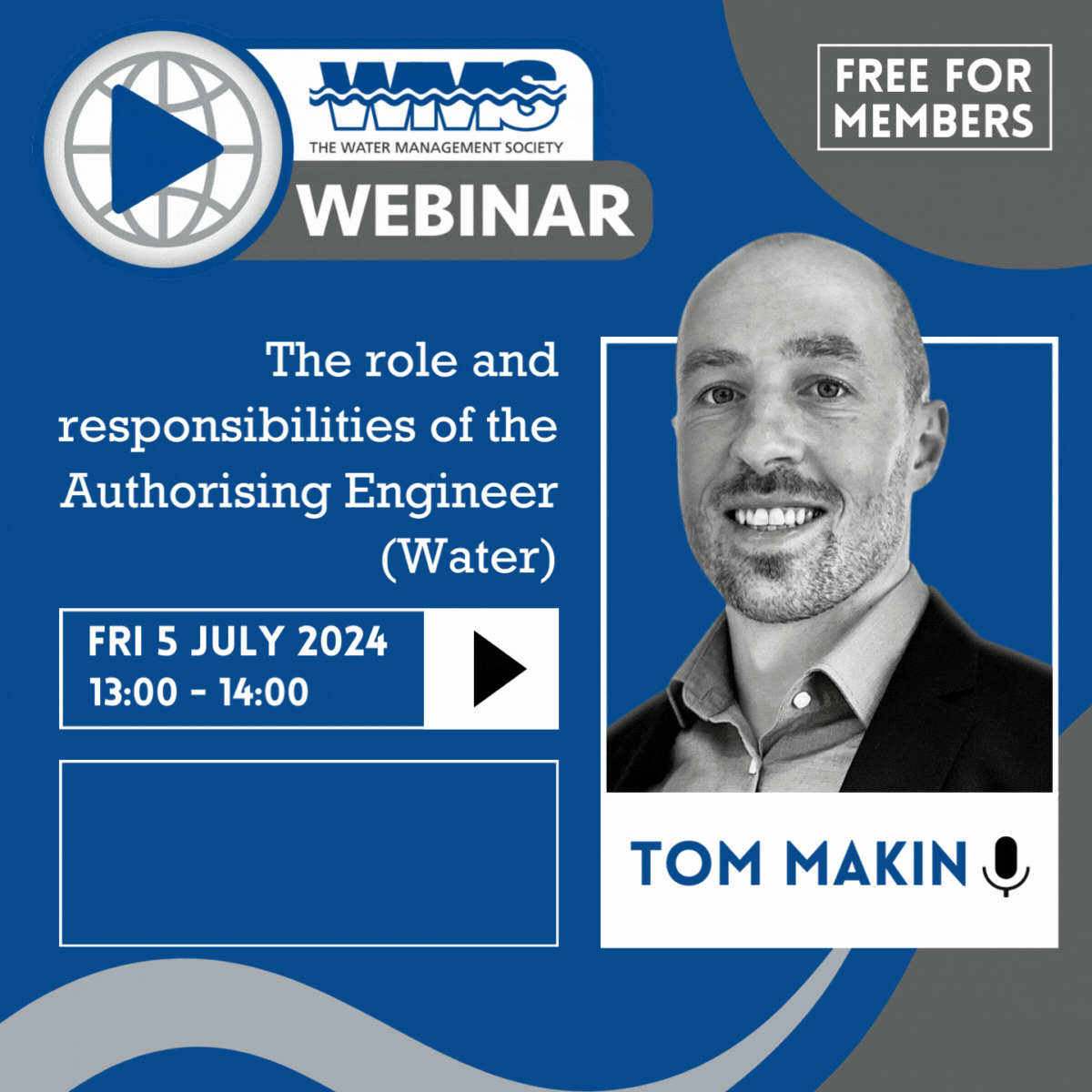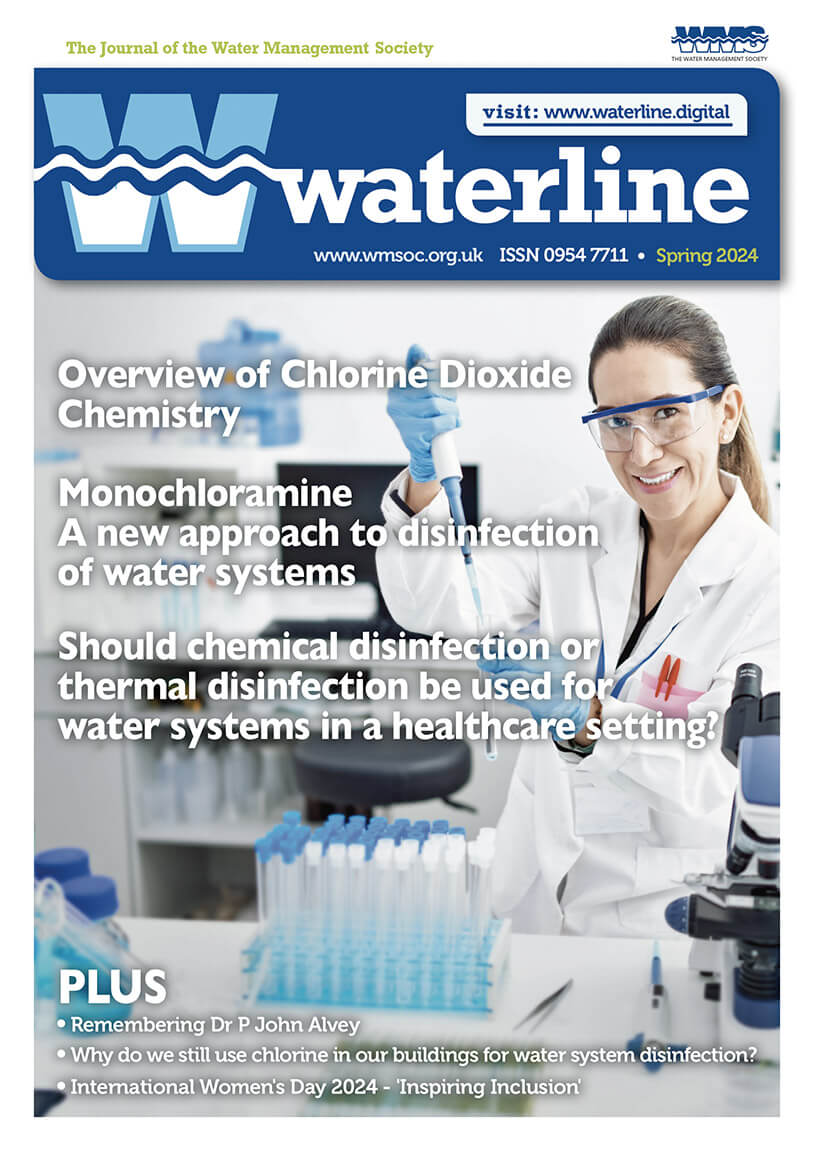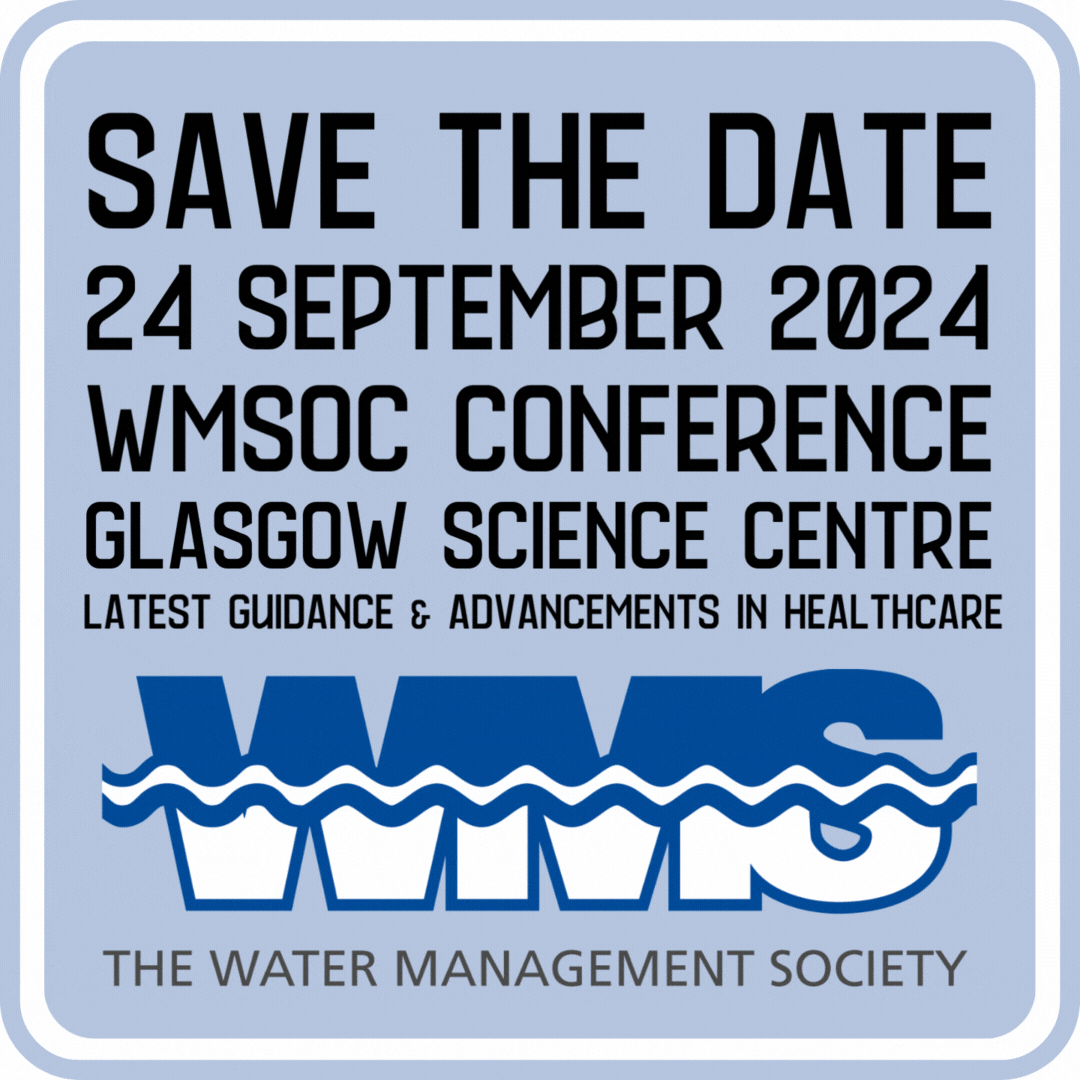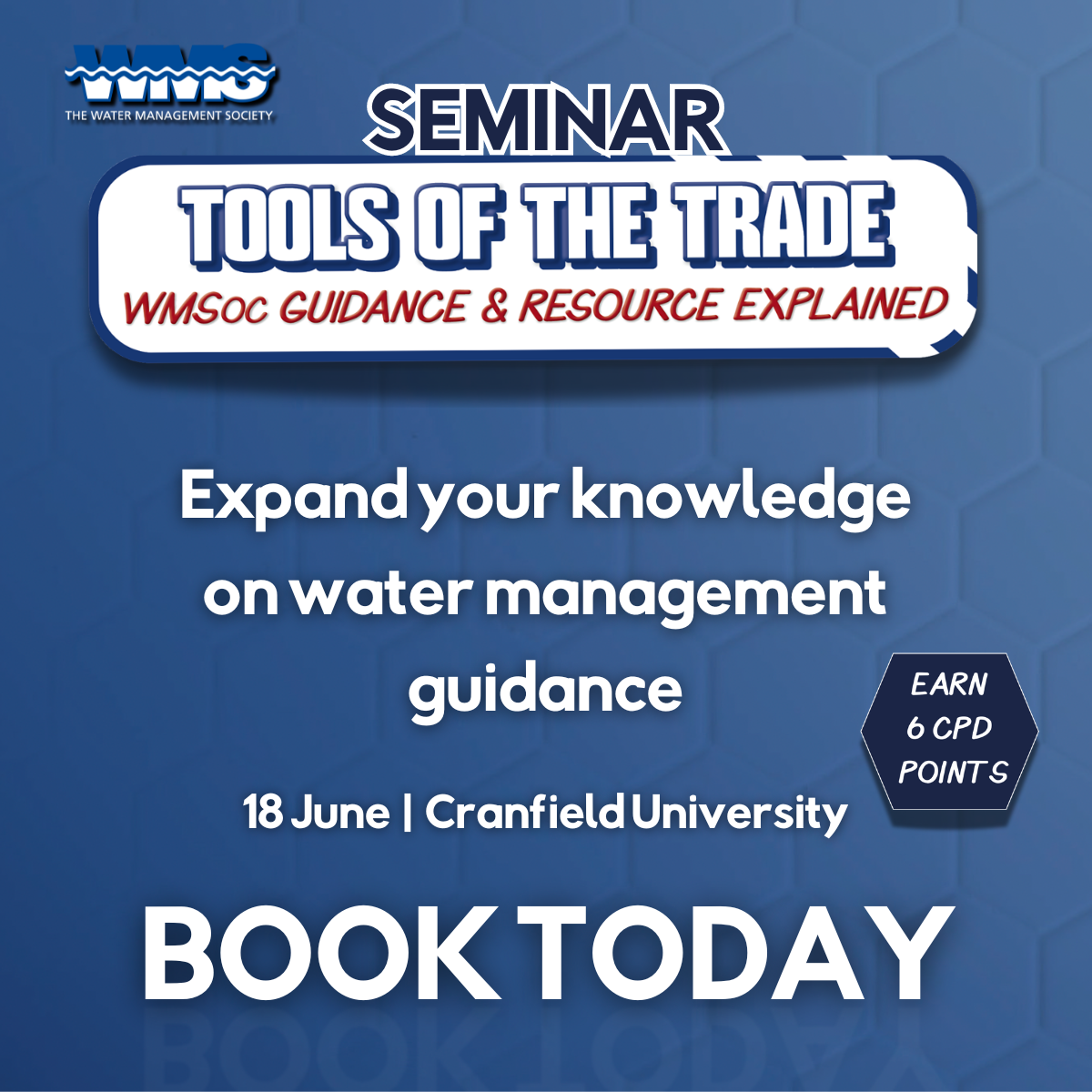ASHRAE is currently seeking public comment on Guideline 12-2000, Minimizing the Risk of Legionellosis Associated with Building Water Systems. Introduced on July 28, the 45-day public review is open until September 11, 2017. Those interested in reviewing and commenting on the guideline can do so at this link: www.ashrae.org/publicreviews
Product Launch: Film forming amines.
This all-in-one solution offers low-dose, cost-effective treatment. Improves heat transfer efficiency by removing corrosion deposits, leading to cleaner surfaces. Enhances energy and resource efficiency by reducing Total Dissolved Solids (TDS). The stable film provided by polyamines ensures superior corrosion control, promoting longer equipment lifespan.
Plus - environmentally friendly, offering a greener alternative to traditional treatments.
Contact us on [email protected] for further information.


